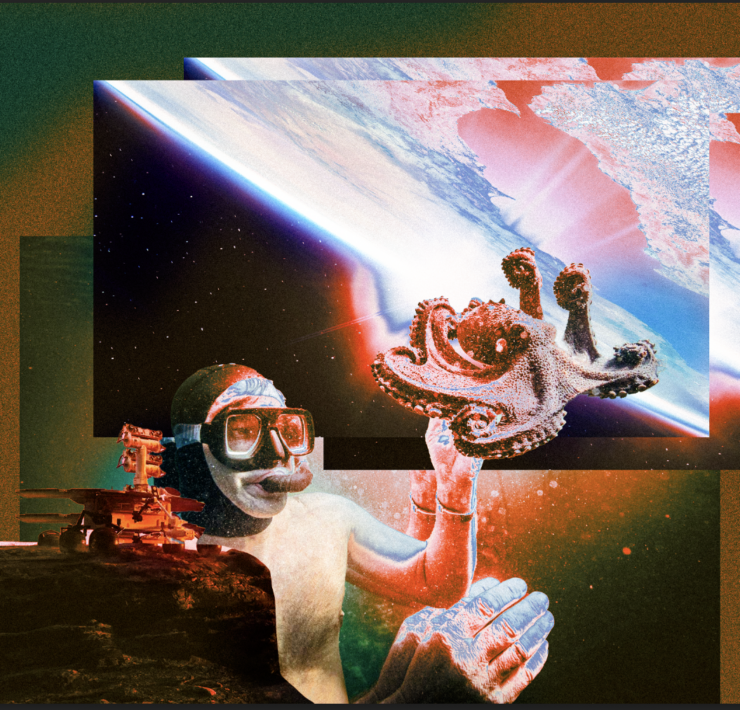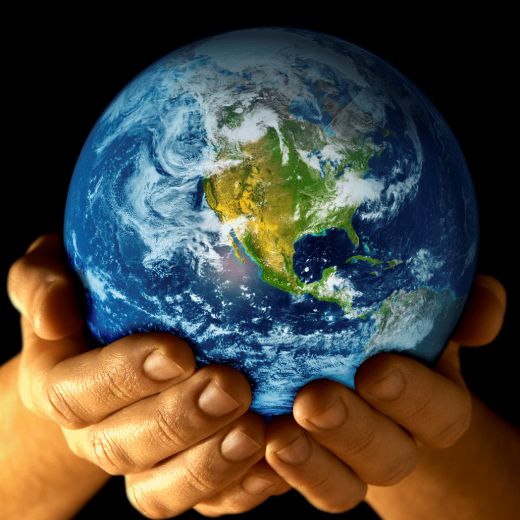
On Friday, a pair of climate activists took to London’s National Gallery and threw two containers of soup at Van Gogh’s “Sunflowers.” The group is from Just Stop Oil, who released a statement saying the demonstration was planned “to coincide with the planned launch of a new round of oil and gas licensing” in the UK. Police arrested the two women.
NOW – Climate activists defile Van Gogh's Sunflowers at the National Gallery and glued themselves to the wall.pic.twitter.com/XgRDqyEqUO
— Disclose.tv (@disclosetv) October 14, 2022
“What is worth more, art or life?” said one, in a video recording of the incident. “Are you more concerned about the protection of a painting or the protection of our planet and people?”
The reality of climate change inspires dramatic action. In fact, in some cases, it might even warrant it. If you take the scientific consensus seriously, and there’s no real reason you shouldn’t, our planet is growing increasingly unlivable. Of course, you don’t need to take scientists’ word for it any longer. You can simply read the news or, in many parts of the world, open a window and look outside. Rising oceans, turbulent weather patterns and worsening air quality is a prediction no longer. It is reality, and it is coming for us all faster than even the most bitterly cynical experts predicted.
Given these harrowing stakes, it’s not surprising that some people — especially younger people, who are facing the steepest toll for earlier generations’ inaction — are choosing to escalate the campaign to turn the tide. You can’t help but wish them well in this. But the pushback here isn’t about the necessity of dramatic action, but what kind of dramatic action. Because the answer to the question “what is worth more, art or life?” isn’t as simple as it sounds.
A famous scene in Star Trek Voyager finds the character Seven of Nine (Jeri Ryan) stuck in one of the franchise’s trademark ethical dilemmas. Three other characters have been assimilated into the Borg (Star Trek’s creepy robotic hivemind) and she can either leave them there to survive as a soulless cog in a nameless, faceless cybernetic organism or she can sever the connection, freeing them to live life as individuals but giving them only one month to live. Ultimately, Seven of Nine chooses to free them from the Borg, condemning them to a few short weeks to live — but to live freely. “Survival is insufficient,” she determines.
Survival is insufficient.
Of course life is worth more than art. But art is also part of what makes life so worthwhile. We are not protecting the planet so that we can simply have a habitable hunk of rock in the solar system with oxygen and edible food. We want to rescue the planet from the rapidly worsening climate so that we can flourish as people, falling in love, making big meals, going on walks, serving one another, falling in love and, yes, creating and enjoying art. In other words, in the fight against climate change, art is on our side.
Van Gogh’s painting was behind glass and, according to a statement from the museum, suffered no permanent damage from the demonstration. So, no real harm done, although it’s hard to imagine this protest changed any minds. Direct, dramatic action is a valid and even essential tool in any movement, especially one with stakes this high. But focusing that action at real targets — systems in need of transformation and in some cases, abolition — is key. And at least some action needs to be saved to preserve the things we want saved, as a reminder of why the movement is so important. And if Van Gogh’s paintings aren’t worth saving for future generations to marvel at on hospitable planet, then what is?






















